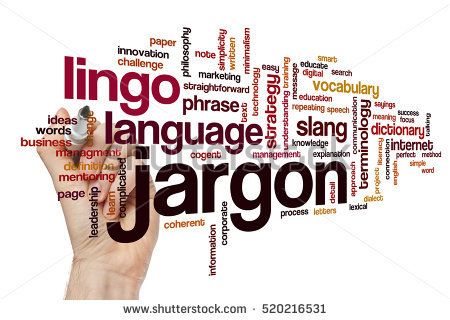Technology

QoTD
Understanding The Cloud Jargons
Udayakumar Nalinasekaren
Dec 23, 2010

We will continue with Gmail as our example. This is a mail software that we consume as a service. The jargon that the techie guys use to represent such a thing is SaaS (Software As A Service - usually pronounced as if it is a single word 'SaaS'). So Gmail is SaaS.
Whenever we use SaaS, all of us use a unique path in the internet to invoke the software. In the case of Gmail the unique path is http://www.gmail.com. We all know it. Irrespective of your current location in the world this path is the same. Even if you use different kinds of devices (iPad, iPhone, your other smartphone, laptop, internet kiosk, your desktop pc, your hotel TV screen or an Apple Mac) to access the internet, this path is the same. This path is the same irrespective of how your device accesses the internet i.e., tethered by wire to the network port in the wall or wirelessly. The technical jargon for this path is URL (pronounced as the individual letters U R L). An URL is just like the postal address of the home where you live. Each uniquely identify one location unambiguously in the respective context.
When you type the URL, a specific web server in the cloud is contacted. For most SaaS, just like Gmail, first task for this central web server is to uniquely identify you. So it asks you to login. The moment you sign in with your credentials, the server will most likely retrieve your location information and will redirect you to your country specific cloud infrastructure if required. The required SaaS program is run there for you. In an earlier post we understood the national data security requirements that warrants this behaviour.
What is one SaaS example that does not require you to login? Clue: you probably use it daily and for many people it has become synonymous with the Internet itself! You got it right. It is Google Search! While this program looks super simple, it is actually one of the most complex programs and search system available in the world. Do you know that this program tries to remember your search behaviour by sensing the fingerprint of the personal computer you use for searching!!
Another key question must have popped in already. How does the remote program know what kind of device the user has. Today each of them have different screen sizes, different ways of typing and so on.
The web browser software (e.g., Internet Explorer, Firefox, Chrome, Safari, Blackberry browser or the browser in your set top box) on your device shields the differences in electronics, operating system and user interface methods of the specific device you use and attempts to provide a near uniform user experience for receiving, reading, writing and managing Gmail to the maximum extent possible. The software in the cloud is blissfully ignorant (well almost.. let us not get into too much of those technical details about browser incompatibilities) of whether you use your fingers to scroll the screen or use a mouse. For most SaaS, the browser is the popular front end today.
Your bank's online banking portal is another great example of SaaS. Amazon's online store front at http://www.amazon.com is SaaS.
For the normal user Facebook, Twitter, Blogger are other daily examples of SaaS. However for the informed programmers, Facebook, Twitter and Blogger provide hooks they can use to build other functionality and enhance the basic services. Any system that offers facilities to build on top of the basic functionality it provides so that someone can offer enhanced/ additional functionality is called a platform. Picnik is a value added service that runs on the Facebook platform and allows you to edit the pictures in your albums. Blogger allows programmers to enhance their blog functionality by adding powerful menus and widgets. We call these kind of user enhanceable cloud services as PaaS (Platform As A Service).
Is there just Saas and PaaS? The answer is no. There is one more cloud service called IaaS (Infrastructure As A Service). We will talk about it later. Very simply put IaaS is about renting a whole computer in the cloud.
It is amazing how much cloud computing we are consuming already in daily life. We dont seem to be paying for any of the above SaaS or Paas we use. Earlier on we said that cloud operators will charge for the computing we consume in a Pay As You Go (PAYGO) model. How come we are not charged for all the popular software we consume? What is going on?
My Artwork
Coming soon...Latest Blog Posts
Coming Soon
Archives
Search



